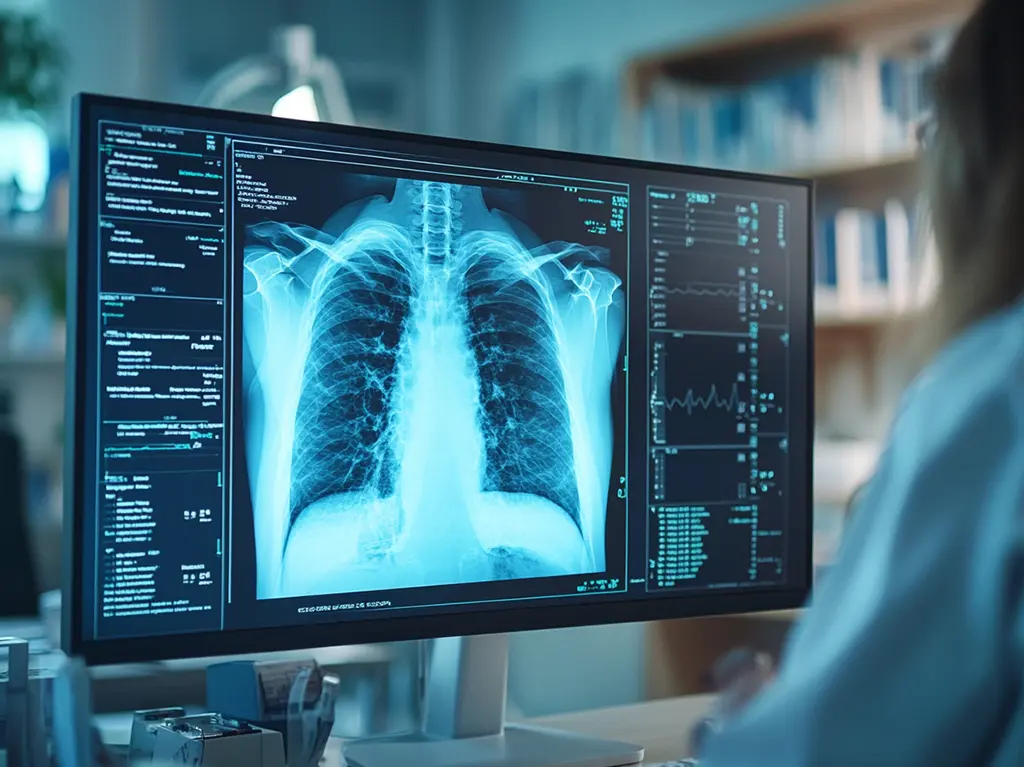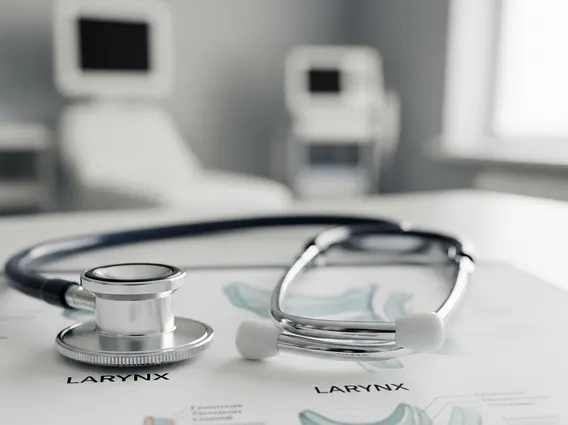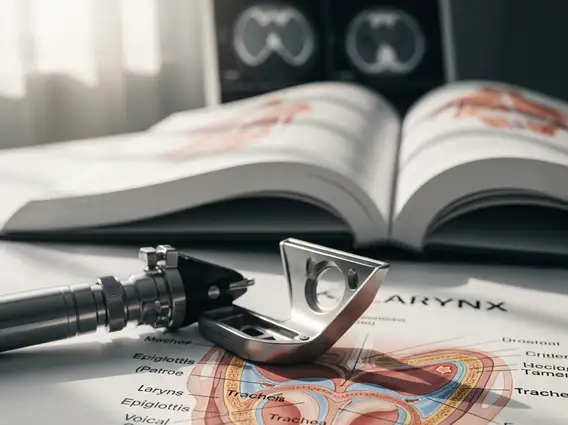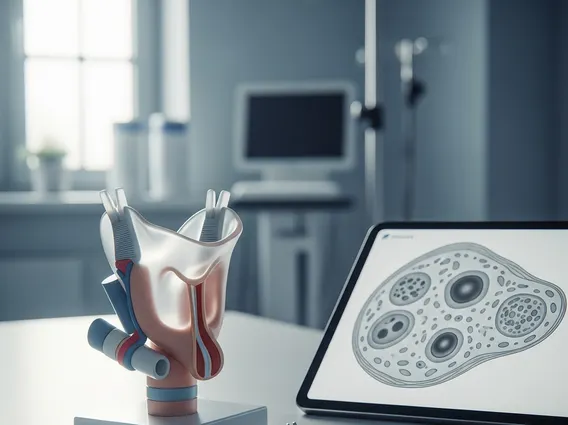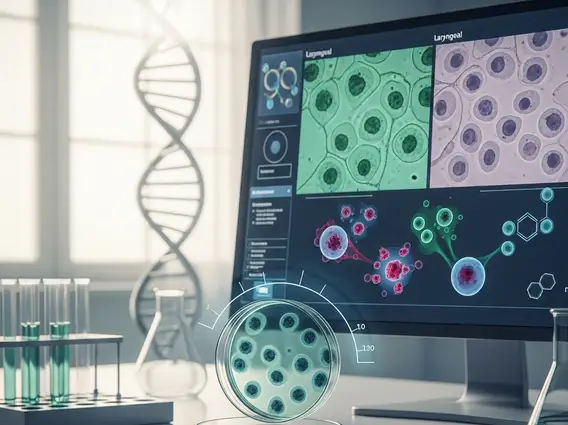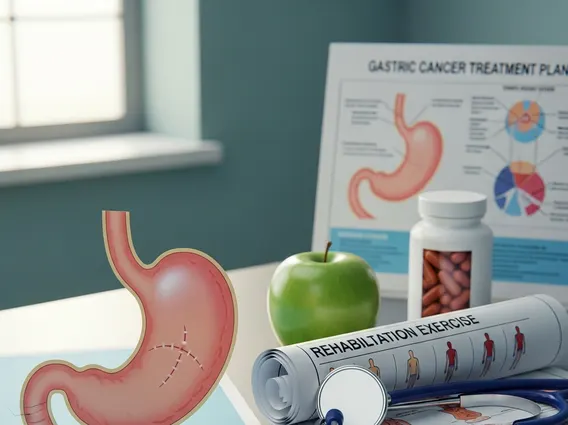Adenocarcinoma of the lung is a type of non-small cell lung cancer (NSCLC) that originates in the mucus-secreting glands of the lung. It is the most common form of lung cancer, particularly among non-smokers and individuals under the age of 45. This cancer typically begins in the peripheral parts of the lung and often grows slower than other types of lung cancer.
Adenocarcinoma of the lung often requires a combination of treatments tailored to the individual patient. These treatments may include surgical removal of the tumor, chemotherapy, targeted therapy, immunotherapy, or radiation therapy, depending on the stage and specific genetic mutations of the cancer. Early diagnosis through imaging and biopsy is critical for improving outcomes. Research is ongoing to better understand the genetic and environmental factors contributing to the development of adenocarcinoma, with the hope of developing more effective, personalized treatment strategies.
Metastatic adenocarcinoma of the lung refers to cancer that has spread beyond the lungs to other parts of the body. Common sites of metastasis include the brain, bones, liver, and adrenal glands. Symptoms of metastatic disease can vary depending on the location of the spread but may include bone pain, neurological deficits, jaundice, or generalized fatigue. Treatment for metastatic adenocarcinoma often focuses on systemic therapies such as chemotherapy, targeted therapies for specific genetic mutations (like EGFR or ALK), and immunotherapy to manage the disease and improve quality of life.
Adenocarcinoma of the Lung Ground Glass Nodule Progression
Adenocarcinoma of the lung is a subtype of non-small cell lung cancer (NSCLC) that often presents as ground-glass nodules (GGNs) on imaging studies. These GGNs can represent a spectrum of pathological changes, from pre-invasive lesions to invasive adenocarcinoma. Over time, the progression of these nodules can indicate worsening malignancy, with changes in size, density, and margin irregularity serving as key diagnostic markers. Close monitoring through imaging and histological examination is critical for early detection and treatment planning.
The International Classification of Diseases, Tenth Revision (ICD-10) provides a standardized coding system for diseases, with adenocarcinoma of the lung classified under C34, which encompasses malignant neoplasms of the bronchus and lung. Accurate coding is vital for both clinical documentation and research purposes, ensuring consistency in disease reporting and treatment outcomes.
In addition to adenocarcinoma, other types of non-small cell lung cancer include large cell carcinoma and squamous cell carcinoma, each with distinct histological features. Large cell carcinoma is an undifferentiated type of NSCLC, whereas squamous cell carcinoma often arises centrally in the bronchi and is strongly linked to smoking. These types differ in their progression patterns, treatment approaches, and prognosis.
To illustrate the histological diversity of adenocarcinoma, a diagram of the tumor architecture often includes features such as cribriform structures, where tumor cells form sieve-like patterns. Recognizing these histological subtypes is important for staging the disease and predicting patient outcomes.
Given the heterogeneity of non-small cell lung cancer, particularly adenocarcinoma, personalized approaches to treatment are increasingly emphasized. By combining advanced imaging techniques, histopathological assessment, and genetic testing, clinicians can better manage ground-glass nodule progression and provide targeted therapies tailored to individual patient profiles.
